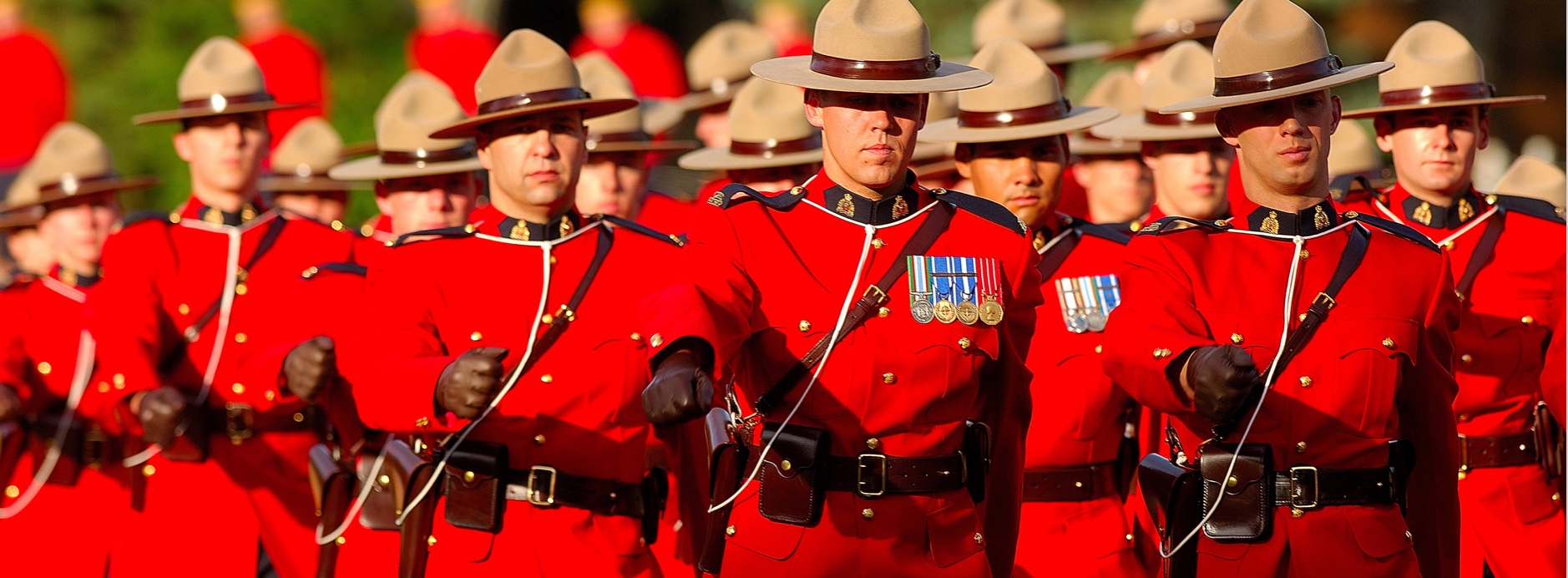
Border Security
Canada has a proven commitment to keeping our border safe and efficient.

Canada has a proven commitment to keeping our border safe and efficient.

Canadian law enforcement agencies use the latest and most advanced technology, including ground sensors, cameras, radar, and license plate readers to monitor the border and keep both Canada and the U.S. safe.
Our ports of entry are secure. We jointly manage the border between official ports of entry, and Shipriders patrol our shared waterways. We also share information and intelligence so law enforcement in both countries can make decisions before foreign travelers arrive. Almost all visitors must have a visa, permit, or Electronic Travel Authorization before boarding a plane to, or transiting through, Canada. An Entry/Exit system tracks most travelers coming into and out of Canada, and we have expanded our biometric requirements.
Canadian Border Services Agency officers are on the front lines combatting trade in counterfeit and pirated goods, including illicit narcotics and opioids. Officers can inspect and destroy suspicious packages that pose a risk to health, safety, or national security.
The Canada-U.S. Cross-Border Crime Forum (CBCF)
On April 28, 2023, Canada’s Minister of Public Safety Marco Mendicino and Minister of Justice, Attorney General David Lametti hosted U.S. Attorney General Merrick Garland and U.S. Secretary of Homeland Security Alejandro Mayorkas in Ottawa, for the meeting of the Canada–U.S. Cross-Border Crime Forum (CBCF). The meeting allowed Ministers to assess progress on collaborative efforts to counter cross-border crime, examine how to make our communities safer, and share experiences on efforts to ensure that our criminal justice systems are fair and effective.
After their CBCF meeting, the four principals hosted a press conference and then signed and released a detailed Statement of Partnership. The 2023 Canada–U.S. Cross-Border Crime Forum joint statement speaks to collaboration on fentanyl/opioids, firearms, money laundering, human smuggling, sex offender travel and criminal justice reform.
“We share a border that is a catalyst for economic prosperity, trade and travel between our two countries. It also is something that we must secure to ensure that criminality does not in any way encroach upon that prosperity and does not create a vulnerability for our communities”. – DHS Secretary Alejandro Mayorkas, Ottawa, April 28, 2023.
“Today we reaffirm the importance of the partnership between the United States and Canada in confronting some of our most urgent challenges. And we affirm the principle underlying that partnership, our mutual respect for the rule of law”. – U.S. Attorney General Merrick Garland, Ottawa, April 28, 2023.
The CBCF follows U.S. President Biden’s visit to Canada in March 2023 during which he and Prime Minister Trudeau issued a joint statement capturing commitments, progress and areas where work remains to be done – including our joint work on opioids/fentanyl and gun violence.
Our border infrastructure keeps the U.S. and Canada secure, and it facilitates a daily flow of goods and people. Programs like preclearance contribute to this efficiency. In fact, Canadian airports have hosted U.S. Customs and Border Protection officers to clear passengers before they enter the U.S. for over sixty years. Work is underway to expand preclearance to additional ports of entry and cargo.
Over 7,000 trucks cross the Canada-U.S. border through Detroit each day, carrying nearly $107 billion in goods each year. Once complete, the new Gordie Howe International Bridge will enhance reliability and security at Canada’s busiest commercial port of entry. This project will also create long-term jobs in the Windsor-Detroit area beyond the construction process. For more information, please visit: https://www.wdbridge.com/
For more information, please visit the Canada Border Services Agency website.
Fighting The Opioid Crisis Together
Like Americans, Canadians are struggling in record numbers with the consequences of problematic opioid use. In response, Canada and the U.S. are working hand-in-hand to address the importation of illegal pharmaceuticals. We have given our customs officers additional resources and authorities—they can now inspect postal packages under 30 grams—to stop illicit drugs from entering Canada and to destroy them.We have also made it harder for drug dealers to mass produce counterfeit pills using fentanyl, disguised as legitimate prescription drugs. Every pill press or encapsulator imported into Canada has to be registered with Health Canada, preventing uncontrolled imports of devices that can be used to manufacture illicit drugs and perpetuate the opioid crisis. And, our public safety and health agencies are working with the U.S. to address the epidemic of opioid-related overdoses through the National American Drug Dialogue—hosted in Canada this year—and other forums. These efforts are paying off.

